Spot the Difference: How to Tell Ladybugs and Asian Lady Beetles Apart
What has red wings, black spots, and a cute name? If you answered ladybug, you’d be correct, but it’s not the only insect that fits this description.
It turns out ladybugs have a close cousin that looks strikingly similar — the Asian lady beetle. These two bugs may look the same at a glance, but they have some different characteristics and behaviors that set them apart. Here’s everything you need to know about these little round bugs to identify which one you really have on your hands.
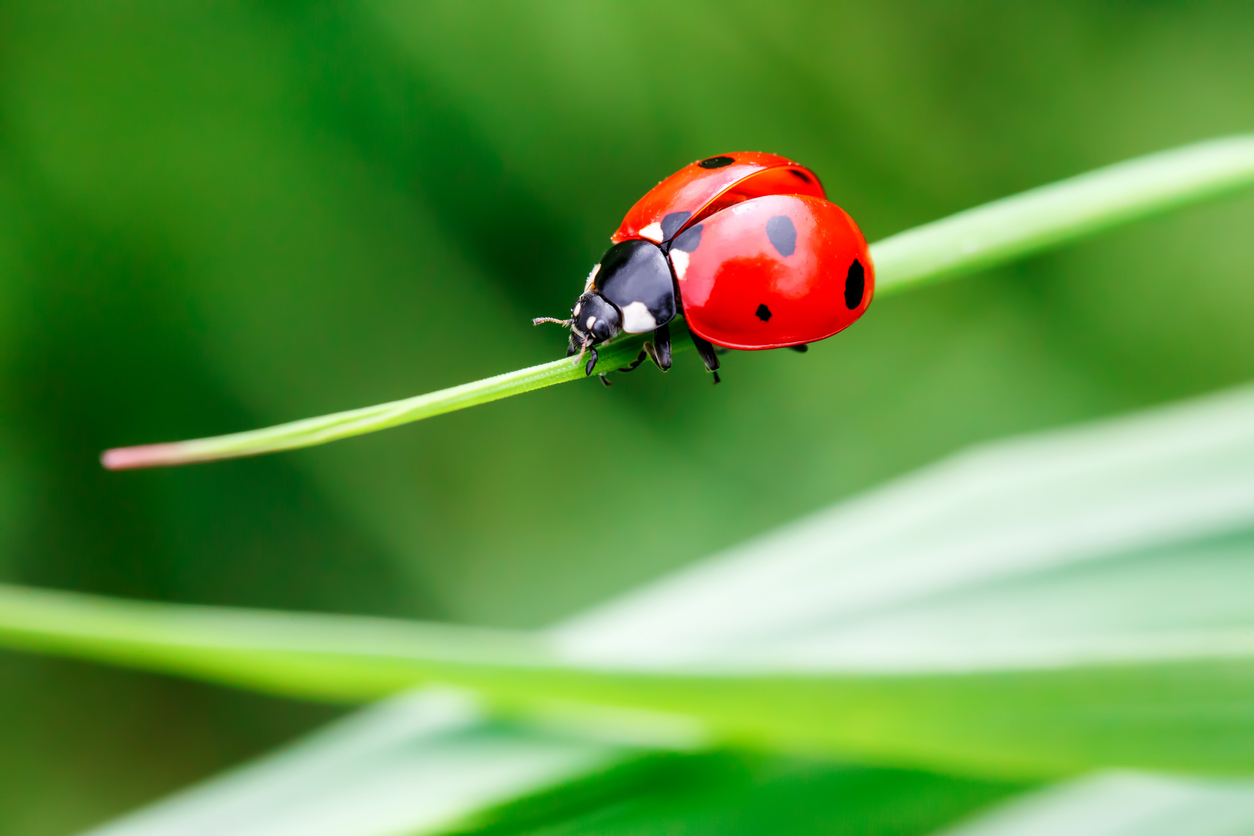 Red (Ladybugs’ Version)
Red (Ladybugs’ Version)
When it comes to color, ladybugs stay on brand.
The only shade you’ll ever see a ladybug in is a vibrant red. Asian lady beetles, on the other hand, cover a bit more of the color spectrum. While they can be a similar red, Asian lady beetles tend to have a more orange, muted tone. If you think you’re extra lucky for finding a yellow “ladybug,” think again — it’s also an Asian lady beetle.
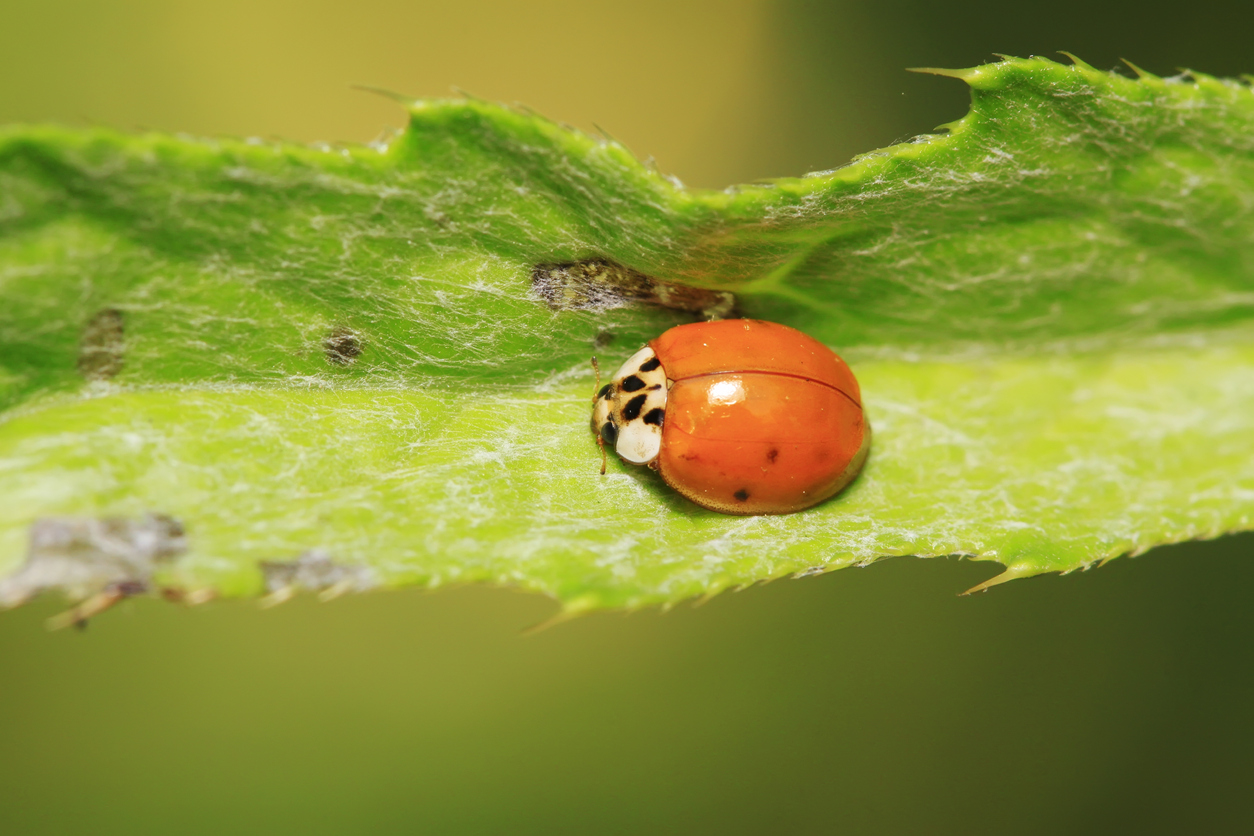 Patterns at Play
Patterns at Play
The ladybug’s most iconic feature can also be a helpful clue.
Take a look at the spots on the bug-in-question’s back. Ladybugs typically have a few small, symmetrical spots on each wing, whereas Asian lady beetles tend to have more variation in their patterns. Some lady beetles have large, oddly shaped spots, some are absolutely covered in spots, and others have no spots at all.
The Smell Test
One less glamorous but crucial difference is the aftermath of an encounter. While there is a small chance a ladybug could nip at you, they are otherwise harmless. Asian lady beetles make it much more clear that they want to be left alone. If one feels threatened, it will bite and release a yellow liquid with an unpleasant odor. This smelly secretion won’t do any long-lasting damage, but it can leave a stain on clothes or walls.
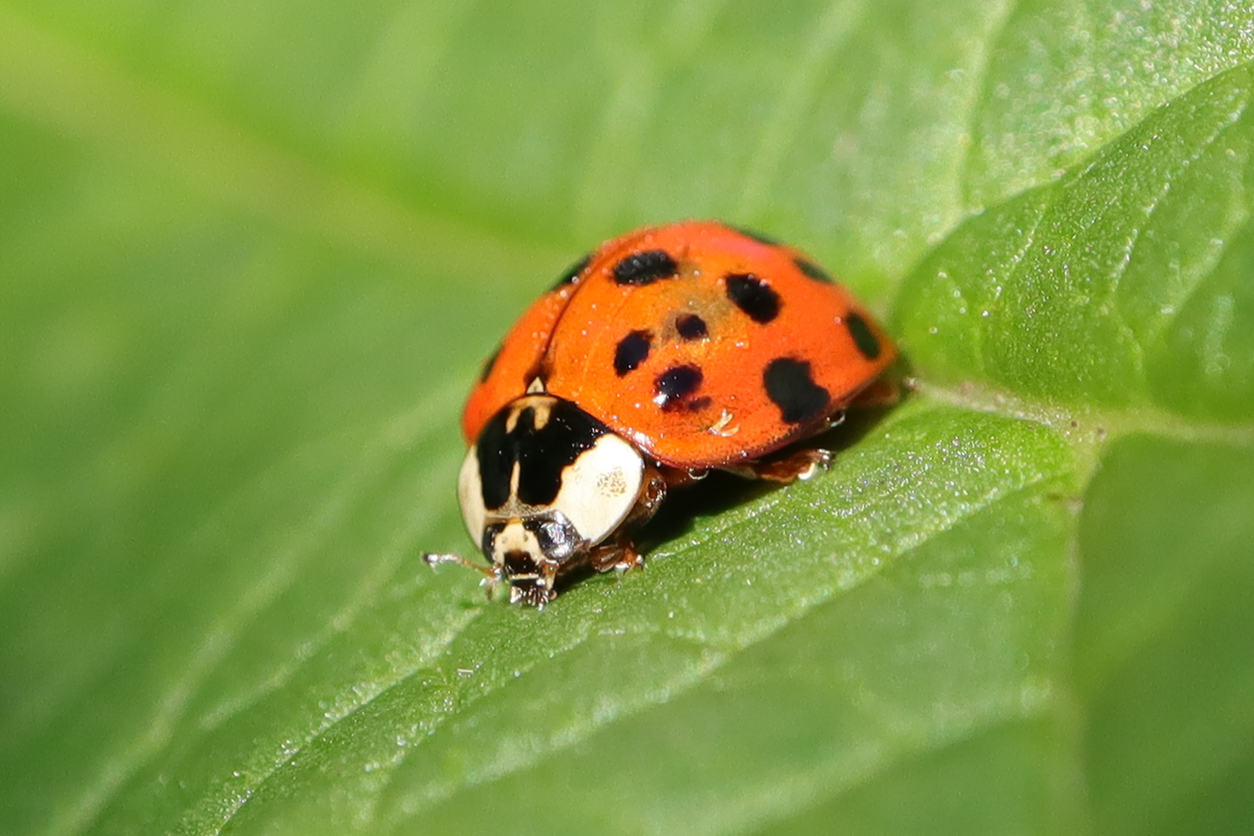 M Marks the Spot
M Marks the Spot
Are your eyes still deceiving you? There’s one final telltale trait you can look for to identify an Asian lady beetle.
Turn your attention to the area right behind the insect’s head. Asian lady beetles usually have a distinct M-shaped mark. While ladybugs can also have dots or marks on this part of their body, the M-shape is exclusive to lady beetles, so if you see it, you’ve cracked the case — you have an imposter on your hands.
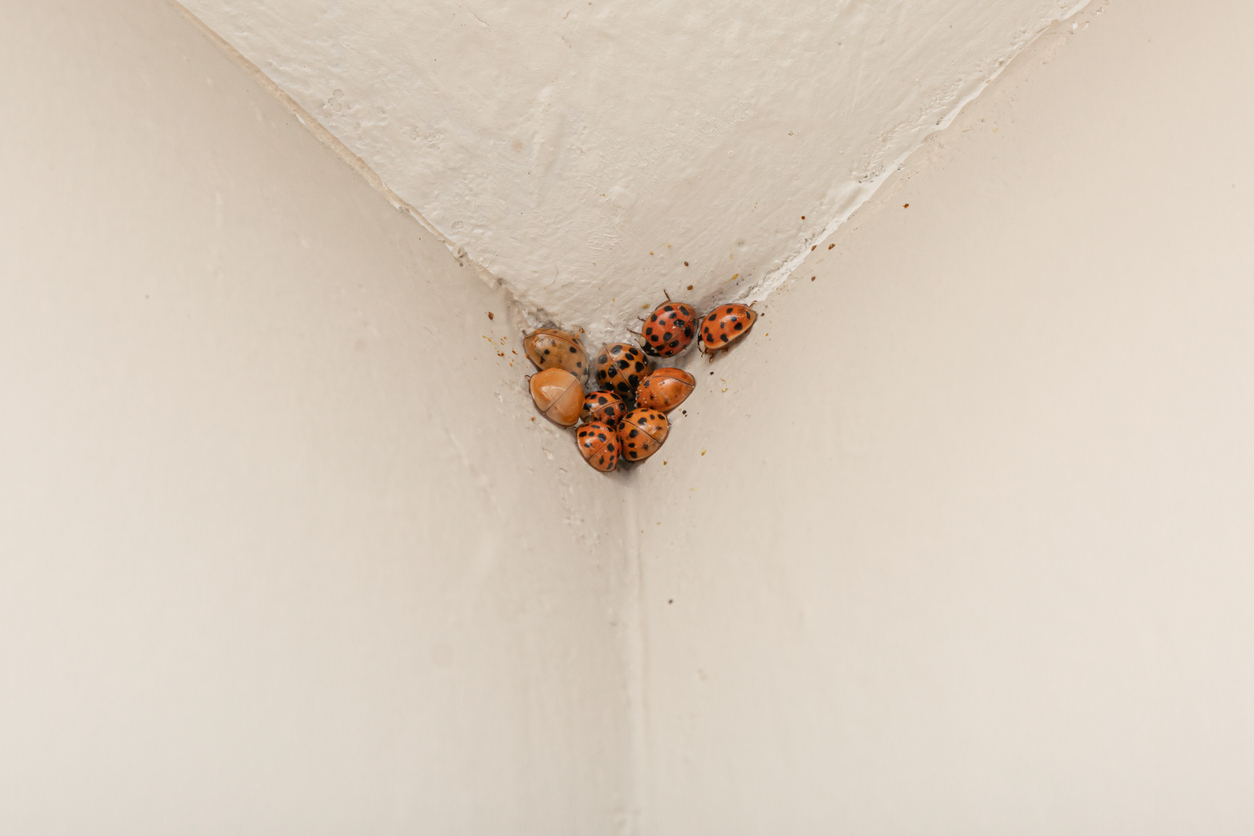 Three’s a Crowd
Three’s a Crowd
When the weather gets chilly, ladybugs often seek shelter outdoors on their own. One could accidentally end up in your house, but ladybugs prefer a hollow log for the colder months.
Asian lady beetles take a different approach, choosing to cozy up together for warmth. They’re also drawn to warm, sheltered areas, making your house a perfect place to ride out the winter. All it takes is a crack in your foundation or a tear in your window screen for a group of these invaders to make themselves at home.
Prevention and Removal
The best way to keep Asian lady beetles out of your home is by sealing gaps and cracks. If Asian lady beetles infest your home, try sweeping them outside or vacuuming them up. Once the beetles have been removed, wipe down the areas they were in with soapy water. This helps get rid of their scent trail and prevents them from coming back.
Spot an Asian lady beetle infestation that’s too big to handle? Contact us for a quick and efficient removal.

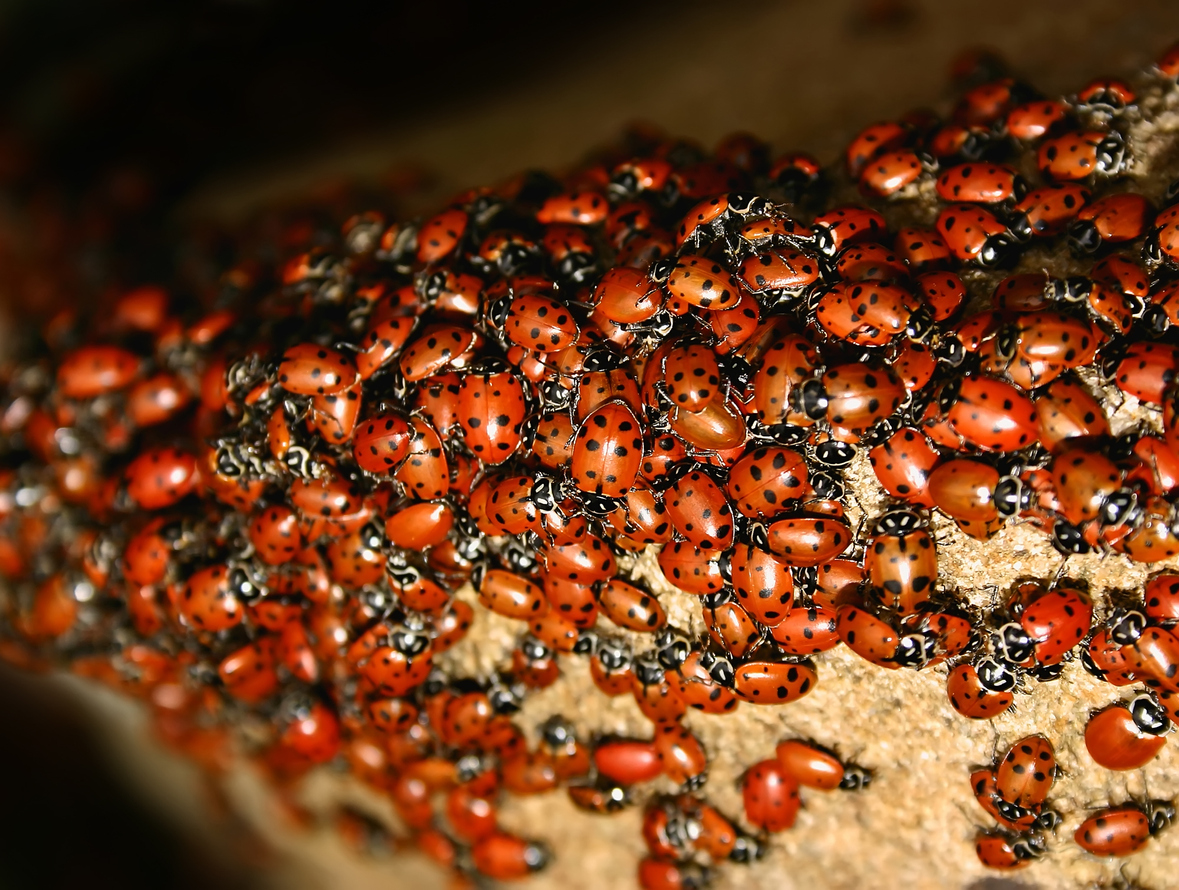




 YouTube
YouTube Facebook
Facebook Twitter
Twitter Instagram
Instagram